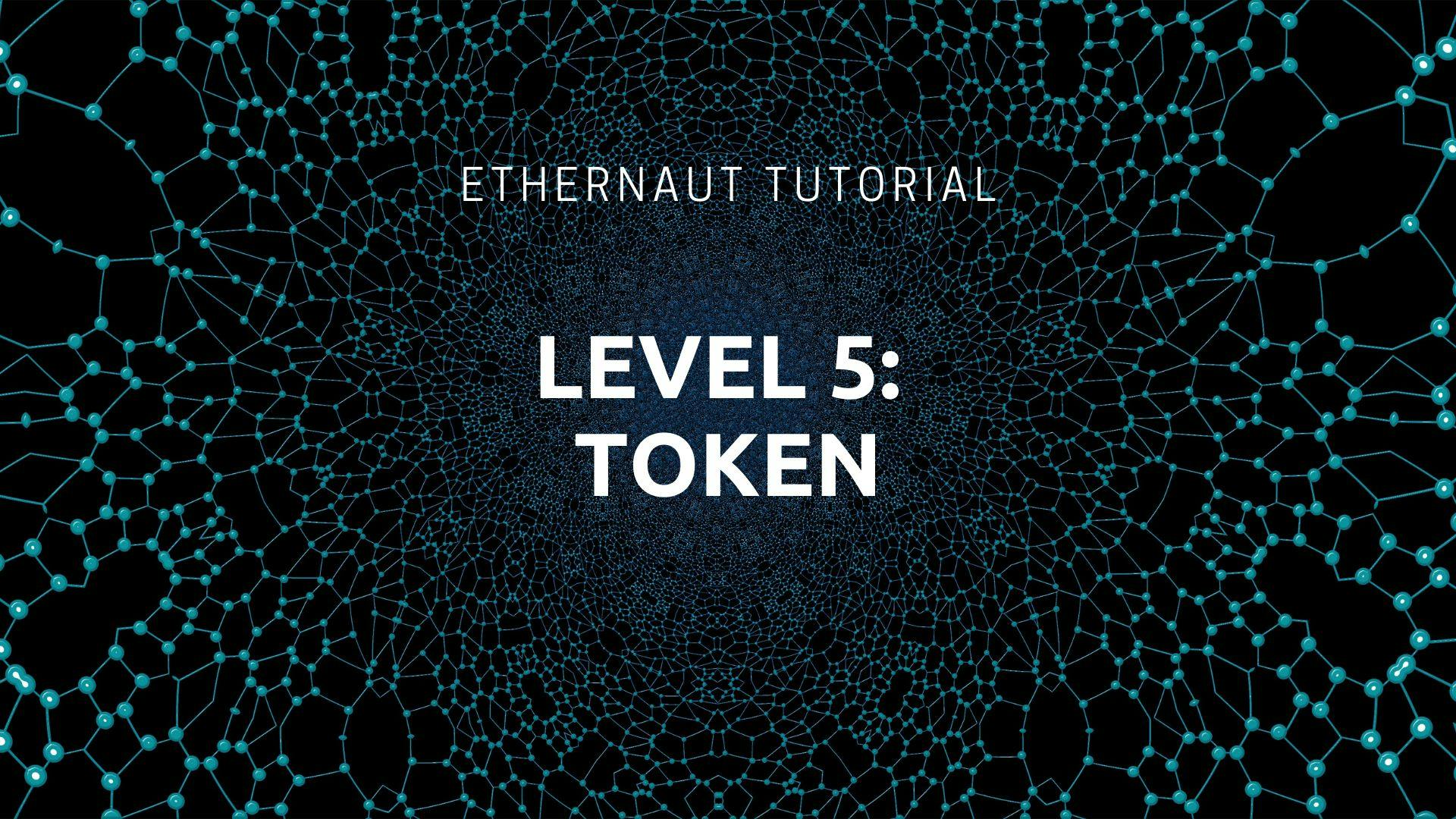3,652 reads
How to Solve the Ethernaut Game's Level 5: Token
by
January 27th, 2022
Audio Presented by
About Author
I am a huge enthusiast of cryptocurrency and blockchain technology.
Comments
TOPICS
Related Stories
µRaiden: Micropayments for Ethereum
HackerNoon Writer
Sep 19, 2017
µRaiden: Micropayments for Ethereum
HackerNoon Writer
Sep 19, 2017
